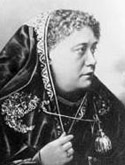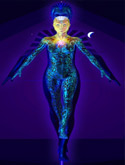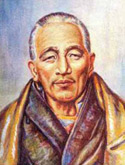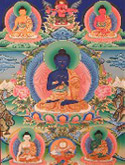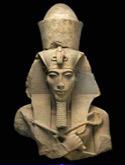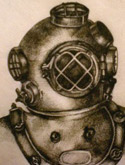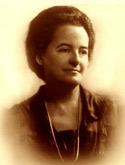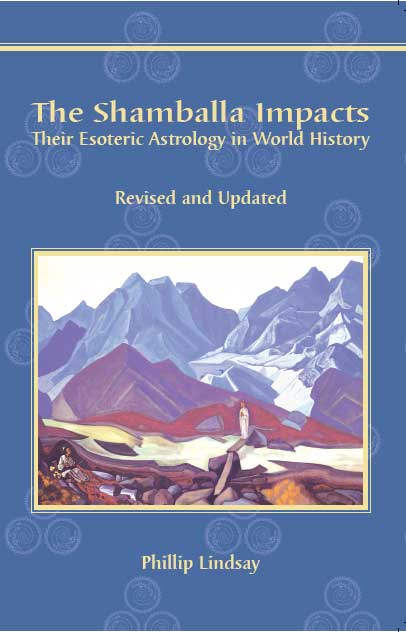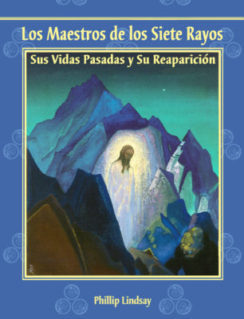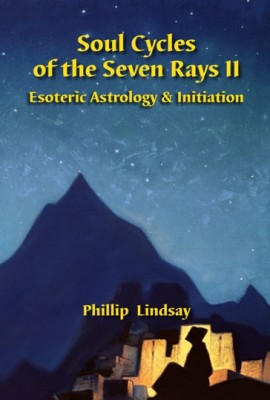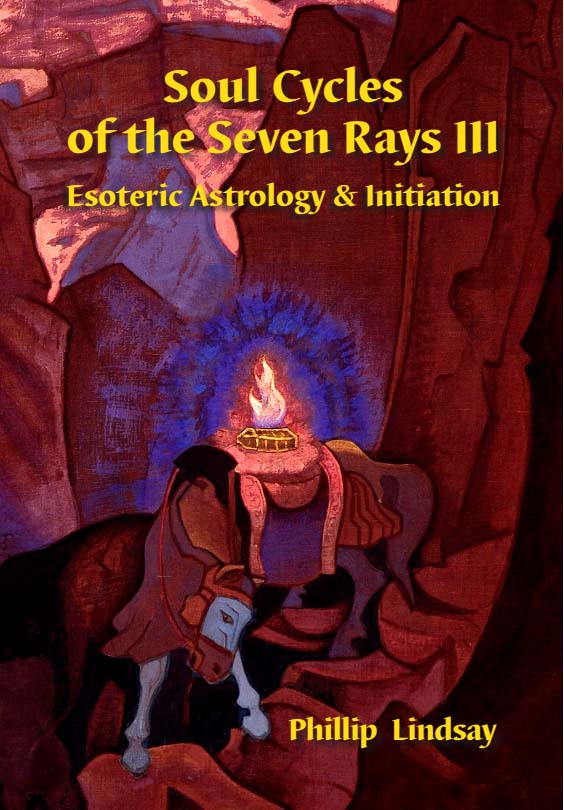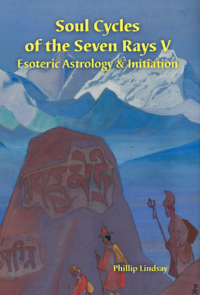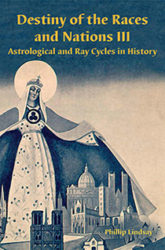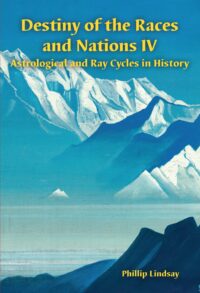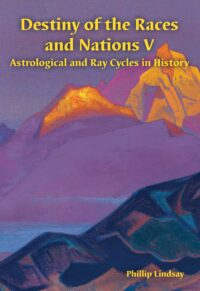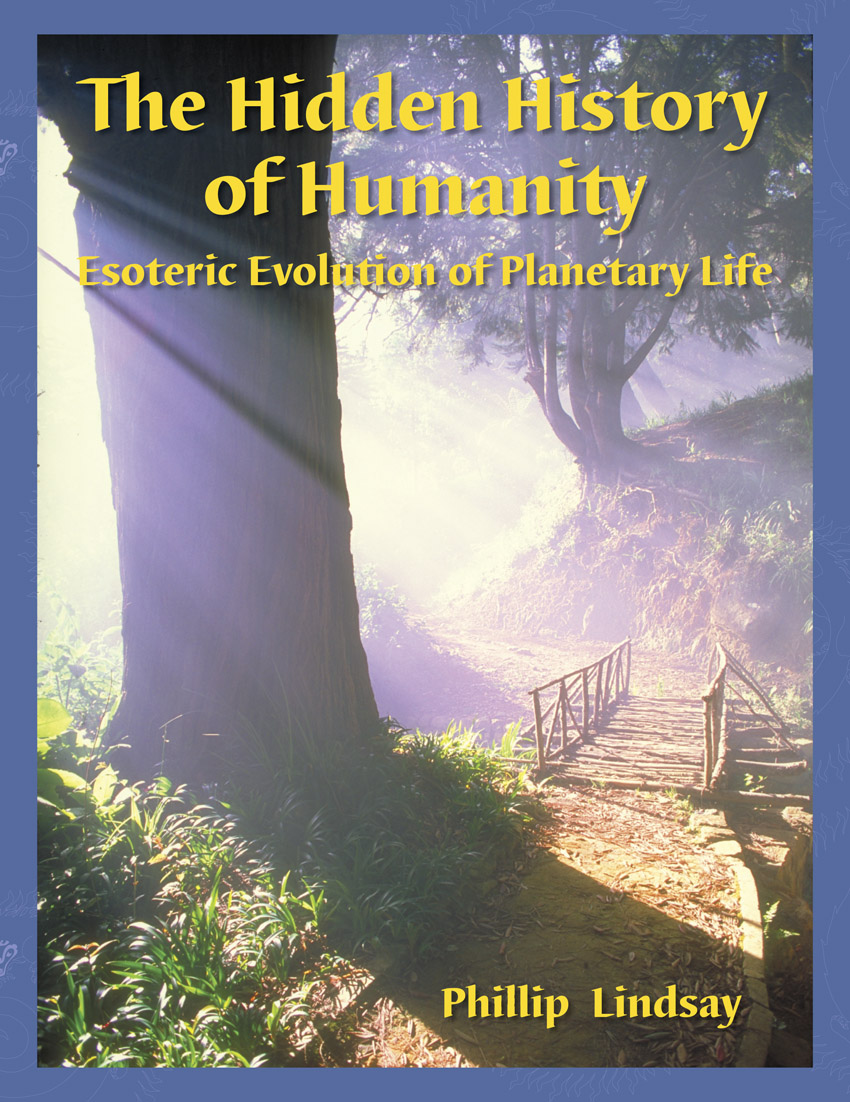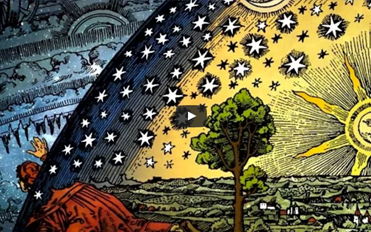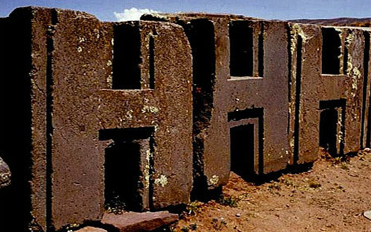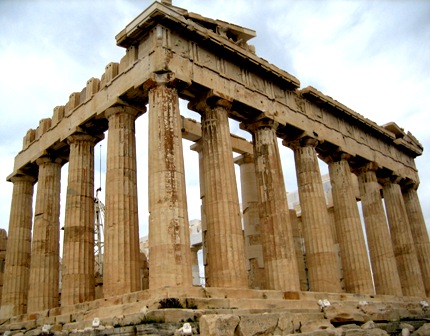
Athens
Persephone
Temple of Eleusis

Introduction
It’s been a long time since my last travel blog, December 2010 to be exact; a challenging period of exactly one year has elapsed, traveling through several countries, trying to keep up with the services I provide, such as the monthly astrological newsletter – as well as making a living. As you might imagine, this all requires some organisation, juggling and adaptability!
During this period, I spent four months in Greece and Athens, in the middle of which I had to fly to the USA for six weeks, for a quick trip and conference. I then returned to Crete, setting out from there and driving my motor home back through Eastern Europe to Britain.

What every red-blooded Greek male needs, a Cretan moustache! (Author’s pics)
Due to extennuating circumstances, I decided to sell the motorhome, left Britain and decided that I would resume the European leg of the HHH project another time. (See 2015/16 forthcoming blog.) I flew back to Australia for one month, re-grouped, got a medical physical and checked in with family and friends. Yet although it would have been nice to stay near my beloved beach and get lots of body-surfing and healing waters, I realised that I needed to be back in South America sooner rather than later, if I was to keep the HHH project on track. My feet had barely touched the Aussie earth … us vata types need to watch out for that!
I returned to the USA for ten weeks, visiting several locations, staying with friends and co-workers. Since October 2011 I have been residing in Bolivia and am now about to return to the USA and possibly Australia. There are many reasons for visiting Bolivia, apart from the fact that it is close to the home of the original Shamballa!

(Author’s pic)

(Author’s pic)
My primary reason was to get better Spanish speaking skills for the many parts of the Spanish-speaking world that I wish to visit in the next few years. So I enrolled myself in a Spanish school for six weeks, attending five days a week, 5-6 hours a day.
At first the idea of this huge detour from my work was a confronting prospect, seeming to take me away from what I have identified as of immediate urgency! Yet the phrase that kept coming through consistently, ‘you must’! (tu debes!) OK, alright then!
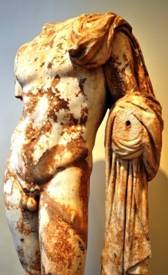
The learning method is ‘immersion’, one-on-one with a Spanish teacher and it’s like being back in kindergarten, very healthy for the ego! Although it was extremely intense getting used to living at 10,000 ft (3,000 meters) with headaches and tiredness, I found it very enjoyable, stimulating and rejuvenating; it’s been like a continuation of my four years of Latin classes from high school (very boring), but this time with more purpose – and homework!
These events have been occurring at my second Saturn return, and Saturn has been testing me along the way with a painful chronic knee injury. (Saturn rules the knees!) I could hardly walk for three weeks in Bolivia, limping around – pathetic stuff for a first ray type to have to swallow!
Not unlike the Moon, Saturn reveals where your dweller is, forcing you to confront obstacles upon the Path, to realise and relinquish all that belongs to the previous Saturn cycle of thirty years. My Saturn return period lasts until next August, by then this major phase will be behind me.

Overheard an older woman in the Delphi Museum: “I’ve never seen so many lovely bottoms in one place!” (Author’s pic)
The Hidden History of Humanity project remains on track, there is much that needs attention – when working with the entire history of the world! I am utterly convinced of the supreme importance to seed the planetary mental field about the fact of an alternative occult history, which is ultimately the history of the human soul, its purpose and its journey through time. (See here for more on the HHH project.)
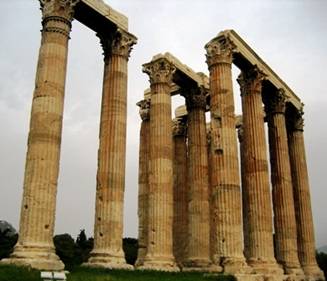
The (most sublime) Temple of Zeus, Athens (Author’s pic)
It is said that learning a new language at my age (22), is very regenerating for the brain cells, so perhaps a fringe benefit will be avoiding ‘old-timers’ disease. I can also serve more in the sphere of Latin American and Spanish students by not being a complete dumb mute when I visit them! Instead of hola and mucho gusto, I can actually move into a conversation in Spanish, albeit a bit rough, with corrections, faux pas’s and a little ‘lost in translation’.
My monthly newsletters and travel blogs have been translated by my Bolivian co-workers for the past several years. (See here.) They have also made a service commitment to translate several of my books, the first one of which has been available for two years: Los Maestros de los Siete Rayos. (Mucho agradecimiento a mis amigos bolivianos!)
But more on South America in another travel blog, this travel blog will be the first of several, dealing mainly with travels through Greece and Crete from November 2010 to March 2011, with a sprinkling of highlights in other countries for the rest of 2011.

Greece and Crete
Greece has changed a lot since I was last here – several thousand years ago! Gone is its Golden Age, the Satya Yuga with its resplendent temples, philosophy, high ideals and rich culture. Now, like the rest of the West for which it was the foundation, it is deeply immersed in the mud of the Iron Age, the Kali Yuga – with its ruined temples, economic troubles, deteriorating values and junk culture. Athens is a powerful contrast between the glory of its ancient past and the revolting metropolitan sprawl that now engulfs it, compounded by shocking traffic jams as a result of rolling public transport strikes every other day or week.
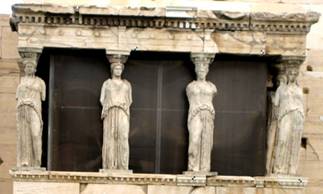

Investigating Greece and its origins, was a personally profound realisation in understanding some large pieces of the puzzle of esoteric chronology and world history, particularly for this Fifth Rootrace.
Around 16,000 years ago, at the beginning of a seed cycle of 25,000 years, Greece emerged as the fifth branchrace of the fifth subrace of the Fifth Rootrace (5.5.5); Greece was the foundation of modern Europe and all Western nations with its scientific, philosophical, cultural and democratic ideas. (Greece was then composed of all the countries in the picture below.)
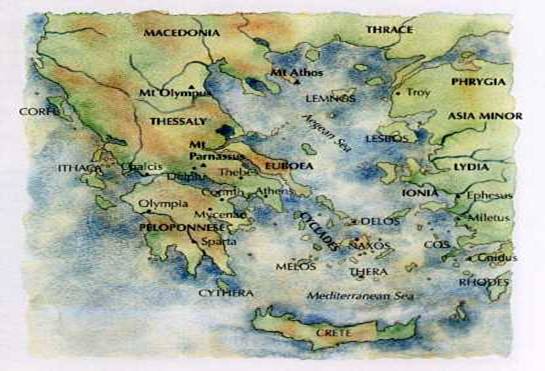
At least this is the relatively modern Greece; esoterically its roots can be traced back to the Atlanteans and the ancient Pelasgians – who were part of the second subrace of the Fifth Rootrace (5.2) around 860,000 years ago. A new in-depth essay documenting this emerged during my trip – and can be found in The Destiny of the Races & Nations II.
A faint vibration of ancient Greek spiritual glory still exists in the ancient monuments, whilst at locations like Eleusis and Delphi, it is still very strong and tangible – a permanent radiating force that attracts and touches thousands of visitors.

Temple of Hephaestus, Athens. (Author’s pic)
I arrived on the first day in Athens at peak hour without any Sat/Nav. (See Travel Blog #3) The next day it was snowing – as part of the huge snowstorm that had chased me over northern Europe to Greece in late November 2010. Winter in Athens was surprisingly cold, nothing like the sunny and mild Mediterranean climate that I was expecting. I spent a few weeks in Athens with my generous host and good friend Eleni, then traveled to Crete for several weeks.
On the first day of playing tourist, I by-passed the Acropolis and made a bee-line to pay homage to the Temple of Hephaestus or Vulcan, ruler of the first ray of Will-Power. The phrase, ‘edifying edifice’ dropped into my consciousness as I peered through the outer fence. A further thought ran something like, the ‘edifice of the teachings’, the ageless wisdom, for which Greece is so closely associated in the Ancient Mystery rites and rituals.
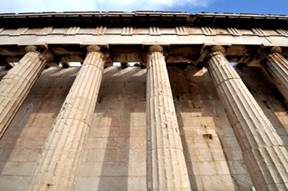
Temple of Hephaestus, Athens. (Author’s pic)
Whilst abstracting into the higher realms, reflecting upon the beauty of these perennial ideas, I suddenly noticed a terrible smell, looking down to see, yes you guessed it, I was standing in a recent deposit – of the human variety. There I was, standing in the muck of the Kali Yuga, looking back upon the Golden Age of Greece, the Satya Yuga.
Well you probably know how intricate the treads are on hiking shoes, so after a half hour detour to the train station and finding a garden hose, I was back up to the inner gardens of the Vulcan Temple, to lie on the grass and soak up the atmosphere.
It’s always a curiosity, the kinds of illusions and fantasies we harbour about a place that we have not visited before. The previous incident reminded me of a time in 1993 – on a six month trip around India.

Juggling Cheeses: “Did you hear the one about Edam and Eve?”
When I arrived at the fabled dwelling place of Krishna, where he used to frolic with the beautiful Gopis by the river Yamuna, I was confronted by three incidents: (1) An extremely bureaucratic Hare Krishna temple that ‘stole my Krishna buzz’. (2) Monkeys that snatched my fruit breakfast, twice! (3) The awful sight of a dog dragging the body of a dead baby from the river and eating it. (There is a poem about this in my poetry book.)
The point that I make in the poem is about the ugliness and desperation of the Kali Yuga – as opposed to the beauty that it is our spiritual mission to manifest. One is reminded of the words of Jesus in the parable where he and his disciples come across a stinking dead dog on the road. Whilst the disciples made much ado about the disgusting sight and smell, Jesus reconciles the pairs of opposites with his remark about the dog’s beautiful white teeth. Another version goes thus,
“And Jesus spake unto his disciples saying, “Verily, that dead dog with white teeth hath no nose.” And his disciples were troubled and questioned Jesus saying, “But Lord. How does he smell?” And Jesus spake again unto them saying, “Bloody terrible!” And lo, all that heard marveled at the Wisdom of the Lord!”
 Whilst on this subject though, it is widely thought that Jesus was a carpenter and a shepherd. He was actually the son of a goat herder (Capricorn, how appropriate!), and as an apprentice, perfected the art of making cheeses. This is why he is known as Cheeses Christ …
Whilst on this subject though, it is widely thought that Jesus was a carpenter and a shepherd. He was actually the son of a goat herder (Capricorn, how appropriate!), and as an apprentice, perfected the art of making cheeses. This is why he is known as Cheeses Christ …
Speaking of Krishna, making my exit from Vulcan’s domain, I witness that universal sight of Hare Krishna devotees dancing in ecstasy down the street, only these Krishnas are of the Greek variety, complete with traditional Greek accordion and bouzoukis – a lovely touch!
The Temple of Vulcan expresses such harmony, symmetry and poise. I wandered into the adjoining outdoor market and met a jeweler selling his wares. He introduced himself as Vulcan (!), and upon further inquiry, he had not been aware of the connection to the Hephaestus temple behind him. Nevertheless he was familiar with the story of Vulcan who made objects of great beauty and weapons of war for all the gods – hence his self-naming.

King Leonidas
A good example of the power and courage of the first ray was the Spartan King Leonidas (Leo), believed to be from the lineage of Hercules. The very word ‘Spartan’ summons to mind its several definitions: Rigorously self-disciplined or self-restrained; simple, frugal, or austere: a Spartan diet; a spartan lifestyle; marked by brevity of speech; laconic; courageous in the face of pain, danger, or adversity. Leonidas led the defence of The Battle of Thermopylae, immortalised in the movie, 300 – the three hundred Spartan warriors who made their last stand until no man was left standing.
Of course there is the story of the messenger Pheidippides who is sent from the Battle of Marathon to get help from Sparta, his epic journey the source of the modern Olympic marathon. Endurance is a first ray capacity.

Pheidippides arrives at Sparta.
“So, when Persia was dust, all cried,
“To Acropolis! Run, Pheidippides, one race more! the meed is thy due! Athens is saved, thank Pan, go shout!”
He flung down his shield, Ran like fire once more: and the space ‘twixt the fennel-field and Athens was stubble again, a field which a fire runs through, Till in he broke:
“Rejoice, we conquer!” Like wine through clay, Joy in his blood bursting his heart, – the bliss!”
(Robert Browning)
Then there are the Thracian warriors renowned for their ‘thrashings’; and of course, Hercules and his labours, all presided over by the King of all the Gods, mighty Zeus!

Zeus’s Temple at Olympia.
Zeus seated upon his throne at Olympia gives us a faint reminder of the mighty Atlantean civilisation from which Greece partially emerged. Of course we cannot pass on before mentioning Alexander the Great, whose teacher was Aristotle.
I was always inspired reading of his many exploits: The leader of an entire army was the first fighter over the enemy’s ramparts, brandishing his sword – what modern general would do that? Binoculars from a distance thanks very much! (Or the computer control room.)

Hercules fights the Lion in the Leo Labour (Author’s Pic – Delphi)
Whilst Lawrence of Arabia declared ‘take no prisoners’, Alexander invented the idiom. Alexander and his army had that first ray ruthlessness. Yet the first ray is also a synthesising ray that brings many disparate nations and settlements together under – the aegis of a larger civilisation.
Alexander’s return from India through the Gedrosia desert has to be one of the most moving accounts. Around 55,000 soldiers marched for sixty days through this desert in blazing heat. The lack of water caused many casualties. It was only the soldiers’ extreme devotion to Alexander that kept them going.

Alexander the Great

So, in contrast to the ancient battles and imperialism, I proceeded to Hadrian’s Library nearby and thoroughly enjoyed its atmosphere, one of meditative reflection and learning. It was of course nowhere near as popular as the Acropolis, but carried a tranquility the latter does not possess, perhaps due to its daily inundation with thousands of visitors.
This spirit of learning and philosophy is strong here, pertaining to the second ray of love-wisdom and the third ray of active-intelligence respectively. The second ray of love-wisdom is certainly another contender in Greece’s ray make-up. The second ray can be invoked strongly through Virgo, but it might be present as a major ray too.

Hadrian’s Library (Author’s pics)

Hadrian’s Library (Author’s pics)
The reason for this is that Democracy, which was born in Greece and has been developed in the Western nations, is a second ray ‘system’. Yet politics and the will to rule is governed by the first ray as witnessed in Britain’s first ray personality.
Virgo, Persephone, Demeter Kore

What is Persephone holding? Is this her revenge upon Pluto?! Why is she smiling? Athens Archeological Museum. (Author’s pics)
In all the museums, temples and art, the key factor that shines through is the theme of the goddess – of Athena (Athens), Demeter and Persephone. The soul of Greece is ruled by Virgo, reflecting the two goddesses associated with this sign. (Click here for an essay about their myth.)
Virgo rules the caves of the earth, ‘wombs’ for the gestation of consciousness. The myth about Pluto’s abduction of Persephone speaks to us about the Pisces-Virgo axis. Pluto is the soul ruler of Pisces and Demeter (Persephone’s mother), is the goddess closely associated with Virgo, the grain, nurturement etc.
Ceres-Demeter is esoterically connected to the mystery teachings, seeds of the ageless wisdom. Persephone as consort of Pluto and goddess of the underworld is connected to the reconciling of the opposites of Virgo-Pisces.
 Interesting to note that most female statues in Greece are clothed, perhaps alluding to the demure and chaste nature of Virgo. Most of the male statues are naked, I wonder why? (Typical huh!) The seventh ray of ceremonial order was powerfully present in the ancient Greek psyche; it is a ray associated with the perfection and glorification of the form.
Interesting to note that most female statues in Greece are clothed, perhaps alluding to the demure and chaste nature of Virgo. Most of the male statues are naked, I wonder why? (Typical huh!) The seventh ray of ceremonial order was powerfully present in the ancient Greek psyche; it is a ray associated with the perfection and glorification of the form.
 Most penises are missing from Greek statues, what that says about human nature, well, guess! (It’s quite universal of course, not confined to this nation.) Symbolically this emasculation is connected to the power that was once Greece – but is no more; perhaps it has created a polarity within the psyche of modern day Greek men, some of whom have a fairly macho reputation. After some encounters with same, it dawned on me that the hope for Greece is in the expression of the divine feminine – by women.
Most penises are missing from Greek statues, what that says about human nature, well, guess! (It’s quite universal of course, not confined to this nation.) Symbolically this emasculation is connected to the power that was once Greece – but is no more; perhaps it has created a polarity within the psyche of modern day Greek men, some of whom have a fairly macho reputation. After some encounters with same, it dawned on me that the hope for Greece is in the expression of the divine feminine – by women.

Sphinx, intimately associated with Virgo.
Even in some spiritual groups I encountered, macho was prominent on some significant occasions. In one serious group that I had been invited to speak at, I was in the middle of explaining some intricate details of esoteric astrology, when a man unknown to me (connected with some other ‘spiritual’ group), interrupted the entire meeting and out of the blue, demanded that I talk about Shamballa!
He made a big scene and eventually stormed out of the room, returning five minutes later to retrieve some people he bought with him. Whaaat … bizarre and incredibly childish. I have never encountered anything like this before. Well one cannot judge an entire culture on one incident, but at that moment I could see the strength of the Greek women and the hope of the future.

A Muse of Delphi.
At another meditation meeting, another man suggested that instead of doing the meditation, that I spend the whole evening delineating his horoscope (for free), and he would tell me if I was correct or not! He was serious …!
There is one other story, the worst, but for the sake of my Greek brothers and sisters, I am not going to go there! Of course, I must also stress that the various people who helped support my work whilst visiting, were an inspiration of kindness and goodwill.

The esoteric community in Greece acknowledges that it is somewhat scattered and divided, as it is in many other parts of the world. The general state of Greek politics and the crushing economic situation does not help. Hope lies in Pluto’s transit of Capricorn, currently having a profoundly transformative effect upon the Capricorn personality of Greece.
Yet as the original founder of the fifth branchrace, and the oldest nation in Europe, it stands to reason that it will go through its own minor Kali Yuga cycle earlier than other nations. This is perhaps why there has been so much focus in Europe, primarily on Greece and its economy, and now the focus is shifting to other nations in Europe, that are in not much better shape.
Greece has very powerful symbols of both the masculine and feminine. The quite ‘masculine’ first ray Zeus archetype and the very feminine Virgo-Persephone-Demeter. A first ray soul (speculated) and a Virgo soul working together toward a synthesis of genders – an ‘hermaphroditic consciousness’. (First ray ruler Vulcan is intimately associated with Virgo.)
The Temple of Eleusis

Part of the temple complex at Eleusis (Author’s pic)
One of my most enjoyable visits was to Eleusis, ancient and famous temple of initiation:
“The ancient Greek (Virgo soul) festival of Demeter in the month of Boedromion (September-Virgo) became known as the Eleusian Mysteries. Candidates for initiation were led through dark underground caves (Virgo) in their quest for the light of knowledge and wisdom.
Later, there is an encounter at the river Alpheus, a potent symbol of Pisces, and Pluto, as this river flows underground in parts. Demeter finds the girdle of Persephone and is told a story wherein is glimpsed Persephone on her throne with Pluto. This is most symbolic of the coming together of Virgo and Pisces, in the soul’s work of the resolution of the pairs of opposites through the personality.”

Triptolemus receiving wheat sheaves from Demeter and blessings from Persephone (Author’s pics)
In the picture, Demeter gives instructions to Triptolemus in the secrets of agriculture; of course this is most appropriate for the goddess of the grain, of diet, nurturing and healing. Triptolemus has a close association with Mercury, the ruler of Virgo. In both the East and West, Mercury is regarded as a Christ or Buddha figure.
There are various areas in Eleusis, no doubt added over a long time period of time. There are a series of what must have been enormous temples. Now all that remains are the foundations and the stumps of the monstrous columns that held enormous roofs.

Mighty column stumps
In conclusion, I might mention a word of thanks to my friend Christina Kosmadaki who took us to Eleusis and with whom I connected on several other occasions, much gratitude for all your kind support Christina! Also Anthia and others at the Athens meditation group that I visited several times, thanks for your kindness, hospitality and goodwill.
Phillip Lindsay © 2011.
Origins Odyssey: Travel Diary#5 – Greece & Crete 2. 2010
Origins Odyssey: Travel Diary#1 – Britain 1. 2010
Origins Odyssey: Travel Diary#2 -Britain 2. 2010
Origins Odyssey: Travel Diary#3 – Costa Rica, Greece 2010
Origins Odyssey: Travel Diary#5 – Greece & Crete 2. 2011
Origins Odyssey: Travel Diary#6 – Greece & Crete 3. 2012
Origins Odyssey: Travel Diary#7 – India-Sri Lanka. (Prequel 1: 1992)
Origins Odyssey: Travel Diary#8 – Egypt (Prequel 2: 2007)
Books by Phillip Lindsay

